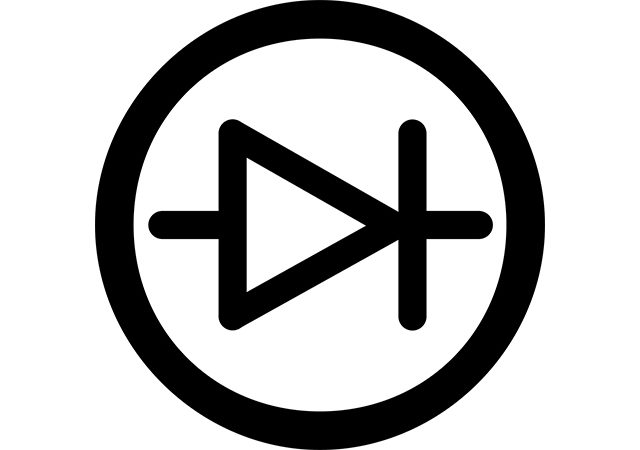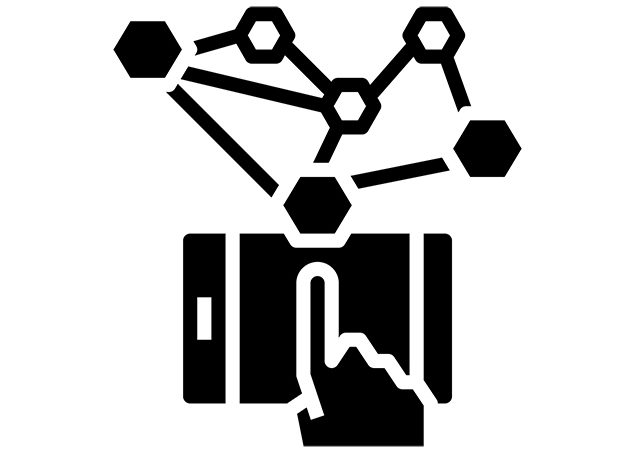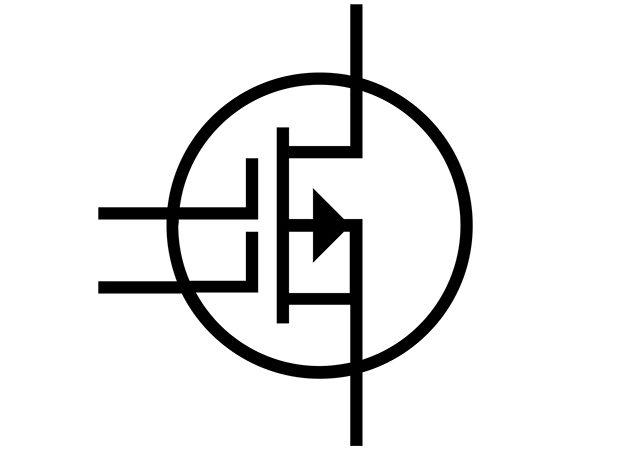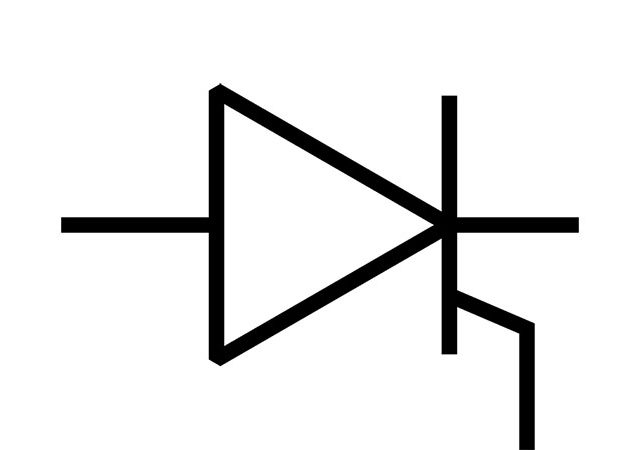In this introduction to power electronics and power circuits we will discuss energy devices and energy control. All the processes in our daily lives…
Category: Power Electronics
Power Electronics: Preface
Aim of the study element
To introduce students to the principles of selection of power electronic devices, and to explain the concepts of their interaction. To introduce a learner to the principles of characterisation and design of power electronics devices and systems.
Learning outcome
Having successfully completed this element you will be able to:
- Understand properties and characteristics of power electronic devices, like converters, transformers and others.
- Integrate power electronic devices into a circuit, based on the system requirements and conditions.
- Analyse circuits with power devices.
- Make the proper selection of power components for circuits.
- Understand characteristics and performance of power elements and components.
- Characterise topology of converters, inverters and magnetics.
Covered topics
- Classification of power electronic devices.
- Classification of power electronic circuits.
- Power amplifiers.
- Transistors.
- Switches.
- Voltage regulators.
- Rectifiers.
- Electric motor drivers.
What is a power diode?
In this post we will answer the question "What is the power diode?". A power diode is a two terminal device, where one terminal…
Characteristics of power BJT
This post tells about characteristics of power BJT. Power BJT consists of three pieces – collector (C), emitter (E) and base (B). The size…
Power BJT – static characteristics
The power BJT static characteristics determine the safe operational regime of the device. These characteristics are usually described in the datasheet as maximum ratings.…
Power MOSFET and it’s characteristics
This post tells about power MOSFET characteristics and operating modes. Power MOSFET is a unipolar three-terminal semiconductor device that controls the large amounts of…
Power MOSFET switching characteristics
It is very important to understand switching characteristics of power MOSFET. To understand the turn-on and turn–off process in power MOSFETs, we have to…
Single-phase half-wave rectifiers
This post tells about the single-phase half-wave rectifier, it waveforms and characteristics. A single-phase half-wave rectifier circuit is depicted below. This rectifier has a…
What is power thyristor
A power thyristor is the three terminal, bi-stable device, with alternating p- and n-layers in its structure. Its simplified scheme, equivalent scheme and sign…
What is power IGBT
This post answers the question what is the power IGBT. IGBT is the combination of two discrete devices – MOSFET and BJT. This approach…
Static induction devices
This post gives an introduction into static induction transistors. Static induction devices (SID) are transistors operating with a prepunch-through region. These devices feature outstanding…











